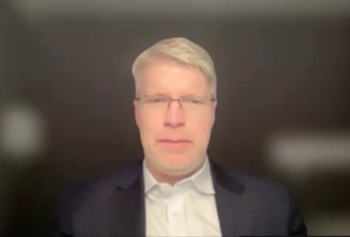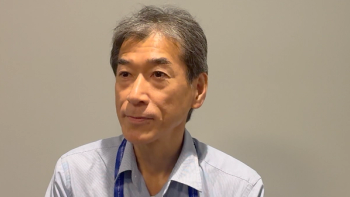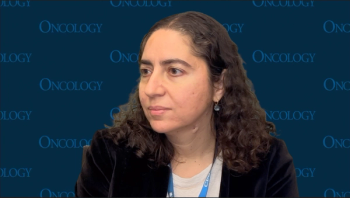
Outcomes and Factors for Consideration When Choosing Between CAR T Therapies
Panelists discuss the real-world comparison of ciltacabtagene autoleucel (cilta-cel) and idecabtagene vicleucel (ide-cel) chimeric antigen receptor (CAR) T-cell therapies for multiple myeloma, highlighting cilta-cel’s superior efficacy but higher toxicity and emphasizing the importance of tailoring treatment decisions to individual patient factors such as disease stage, health status, and personal preferences.
Episodes in this series

This segment of the discussion focuses on the real-world comparison of 2 FDA-approved CAR T-cell therapies for multiple myeloma—cilta-cel and ide-cel—and how clinicians choose between them for individual patients. A recent multicenter study analyzed outcomes for more than 580 patients who received either therapy. It found that cilta-cel led to deeper responses and longer progression-free survival (PFS) and overall survival compared with ide-cel. However, it also showed a higher rate of toxicities, including more severe cytokine release syndrome, infections, delayed neurologic adverse effects, and a possible trend toward more secondary cancers.
Clinicians highlighted how these findings mirror expectations based on previous clinical trial data, confirming cilta-cel’s superior efficacy alongside increased toxicity. In current practice, the decision between the 2 products depends on multiple patient-specific factors. One key distinction is regulatory: Cilta-cel is approved for use as early as the second line of therapy in certain patients, whereas ide-cel is typically used from the third line onward. This means cilta-cel may be the only CAR T option for patients presenting earlier in their disease course. Additionally, patient health status, disease aggressiveness, and preferences—especially around PFS and quality of life—strongly influence decision-making.
Ultimately, the goal is to use the most effective therapies earlier in the treatment journey, not to reserve them for the final stages of disease. Patients are increasingly informed and often drive these decisions, favoring longer PFS even if it comes with increased risks. However, clinicians remain cautious when treating frail individuals or those with neurological issues, potentially steering them toward ide-cel or other alternatives. The consensus among the panelists is that CAR T-cell therapy is becoming a frontline strategy for eligible patients, and the choice between products must strike a careful balance between efficacy, safety, and individual patient needs.
Newsletter
Stay up to date on recent advances in the multidisciplinary approach to cancer.





















































































